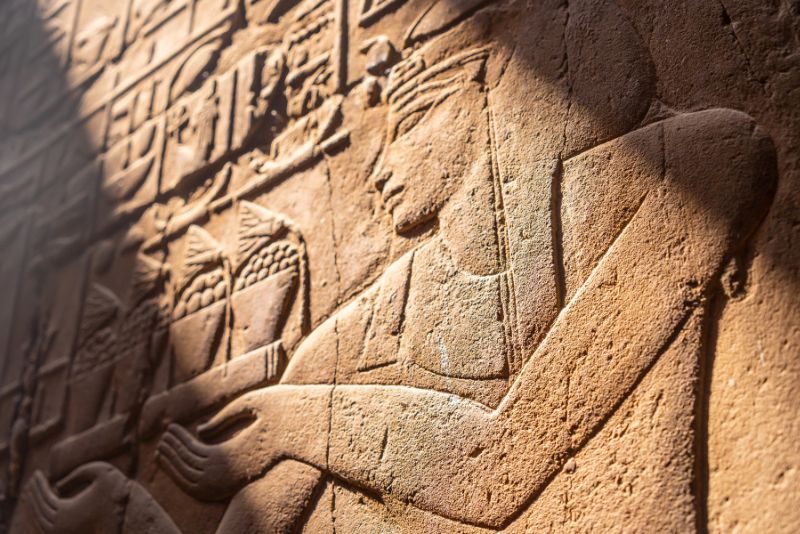Ancient Egypt and Persia: The history of air conditioning begins with ancient methods of cooling, such as the use of wet reeds in windows in Egypt and wind towers in Persia. These methods utilized natural ventilation and evaporative cooling to lower indoor temperatures.
Ancient Rome: The Romans introduced the concept of aqueducts and water-cooled indoor environments for the wealthy, using circulating cool water through the walls of their homes.
Medieval Persia: Innovations in cooling continued with the development of cisterns and wind towers to store and cool water and air, respectively, demonstrating early examples of passive cooling techniques.
The Dawn of Mechanical Cooling: 19th Century
Dr. John Gorrie: Often considered a father of refrigeration and air conditioning, Dr. John Gorrie proposed the idea of cooling cities to alleviate disease and discomfort in the 1840s. He invented a machine that created ice using compression, laying the groundwork for modern refrigeration and air conditioning.
The Ice Harvest: Before mechanical refrigeration, ice was harvested from lakes and rivers in the winter, stored in ice houses, and used in ice boxes to cool homes and preserve food during warmer months.
The Birth of Modern Air Conditioning: Early 20th Century
Willis Carrier: In 1902, Willis Carrier invented the first modern electrical air conditioning unit, designed to control humidity and temperature for a Brooklyn printing plant. This invention not only improved the quality of printed materials but also laid the foundation for the spread of air conditioning in industries and homes.
Spread to Public Spaces: The introduction of air conditioning to theatres in the 1920s revolutionized the movie industry by making cinemas a cool escape, especially during the summer months. This marked the beginning of air conditioning’s impact on social habits and the entertainment industry.
Residential and Commercial Boom: Mid-20th Century Onwards
Post-World War II: The economic boom and technological advancements post-World War II led to the widespread adoption of air conditioning in homes and commercial spaces. The development of compact, efficient units made air conditioning more accessible to the middle class.
Central Air Systems: The latter half of the 20th century saw the rise of central air conditioning systems, which provided a more uniform and controlled cooling solution for larger spaces, further cementing air conditioning as a staple of modern living.
The Future of Cooling: Sustainability and Innovation
Smart Systems: The integration of smart technology into air conditioning systems allows for more precise control of indoor climates, optimizing energy use and enhancing comfort through automation and AI.
The history of air conditioning is a testament to human ingenuity and the desire for comfort. From ancient cooling methods to the sophisticated systems of today, air conditioning has revolutionized the way we live, work, and play.




